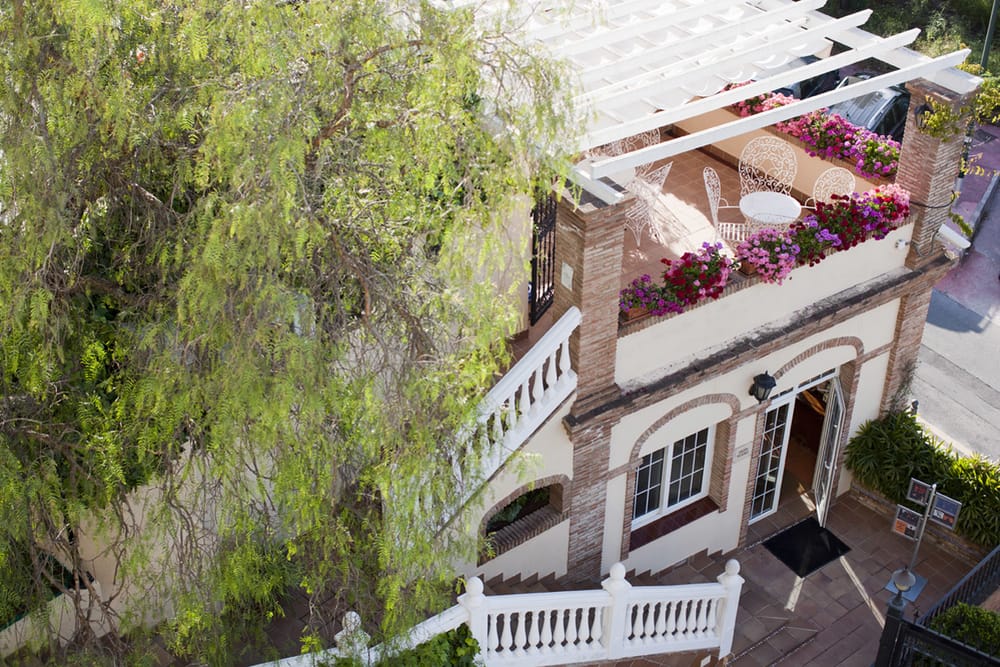Overview
The Spanish city of Málaga is a Mediterranean seaport on the Costa del Sol in the Andalucía region of southern Spain. It is the second most populous city in Andalucía, the 6th in Spain and more importantly, a major tourist destination. This birthplace of Picasso is also famous for rich architectural history, Mediterranean cuisine, local wines and sandy beaches.
Málaga has a long and interesting history dating back to its foundation as a Phoenician town 3000 years ago. Thanks to its strategic position by the Mediterranean Sea, this province has long been a highly disputed territory; in 550 BC the Carthaginians took control from the Phoenicians and in 218 BC the area was invaded by the Romans. The large Roman amphitheatre in the city center serves as a testament to this period in its history. The Moorish rule of Southern Spain (which lasted from 700 AD until the Christian re-conquest in the late 15th Century) also left behind several interesting historical sites – among them the 15th Century Gibralfaro castle and the Alcazaba fortress built in the 11th Century.
In modern times, Málaga has gained international fame for its pleasant year-round weather, with around 320 days of sun per year. Málaga is also a city rich in culture; apart from the numerous historical monuments that grace its streets and plazas, it is home to some of Spain’s most interesting museums and theatres. The new Picasso Museum is without doubt the most important of these museums and stands as a fitting tribute to Málaga’s most famous native son.
Language Schools and Camps in this Destination
In Málaga and the vicinity, Marshall Language Services also works with the following schools:
- Clic Málaga in Málaga (Spanish language courses for adults)
- Escuela de Idiomas in Nerja (Spanish language courses for adults and teenagers)
- Colegio Maravillas in Benalmádena (Spanish language courses for adults and teenagers)
Images of Málaga, Spain
Things to Do and See During a Vacation Study
Picasso Museum
The permanent collection open to visitors at the Picasso Museum is Spain’s largest exhibition of this brilliant Málaga artist’s work. More than 200 paintings, drawings, sculptures, ceramics and engravings in twelve rooms bear witness to the long, prolific career of the artist, from his academic roots to the last paintings of the 1960s.
Calle Larios
The architectural and urban value of this area of the city as a harmonious and consolidated whole is undeniable, especially its buildings that were designed by Eduardo Strachan and Viana-Cárdenas. Besides being a major shopping street, one of the most important in Spain, together with Plaza Constitución, it is an urban space where the city’s most important events are held.
Málaga Cathedral
Its full name is Nuestra Señora de la Encarnación (Our Lady of Incarnation) although in Málaga it is simply known as “the Cathedral.” It is not only a religious building but a national landmark. The building is one of the finest examples of Spanish religious art and it is located on the remains of other cultural buildings such as the early Almohad mosque.
Málaga’s Beaches
There are 14 kilometres of beaches in the city; they can all be easily reached and are all equipped with all types of high-quality services. The beaches are separated from the urban traffic by a network of wide esplanades, making them true oases of tranquility.
Málaga Feria
The annual Málaga city fair in August is an exuberant week-long street party with plenty of flamenco and ‘fino’ (sherry). The fair commemorates the re-conquest of the city by Isabella and Ferdinand in 1487 and traditionally runs for a week from Saturday to Sunday over the third week in August.
Gibralfaro Castle
The castle of Gibralfaro was built with the intention of defending the Alcazaba during the 14th century. It is situated on top of the hill and has been restored. It offers spectacular views of Málaga .
Carmen Thyssen Museum
The Carmen Thyssen Museum Málaga is located in the Palace of Villalón, a 16th-century palatial building in the Plaza Carmen Thyssen, next to the Plaza de la Constitución de Málaga. The permanent collection consists of 240 works that brilliantly summarize 19th-century Spanish art, especially Andalusian painting.
Roman Theatre
At the foot of the Alcazaba, the Roman Theatre was built during the 1st century and was in use for more than 200 years; part of the citadel was built in its day using its materials.
Málaga Alcazaba
The Alcazaba was built between the 8th and 11th centuries, and has been part of the city’s landscape since that time.
How to Arrive at your Language Course
By Air
Málaga Airport is located about 8 km southwest of the city and 5km north of Torremolinos. It is the third biggest international airport in Spain, which has flight connections to several cities in Spain as well as connections to over 60 countries worldwide.
Cercanias Málaga, a commuter rail service, has a direct train service from the airport to the city centre. The public transport buses run between 6 am and 12 midnight from the airport to Málaga bus station and to the city center.
By Train
Spain has a wide network of high-speed trains (AVE) connecting major tourist destinations in under three hours. Train connections are made up of long-haul train routes and the Cercanías trains which connect nearby cities.
By bus
Málaga bus station operates with companies that have routes to destinations to the cities and villages of Malaga, Andalusia and, at national level, all over Spain. Furthermore, it also operates with companies that serve routes to and from Europe. The bus station is next to the train station in the city center, as well as on the airport bus route.























